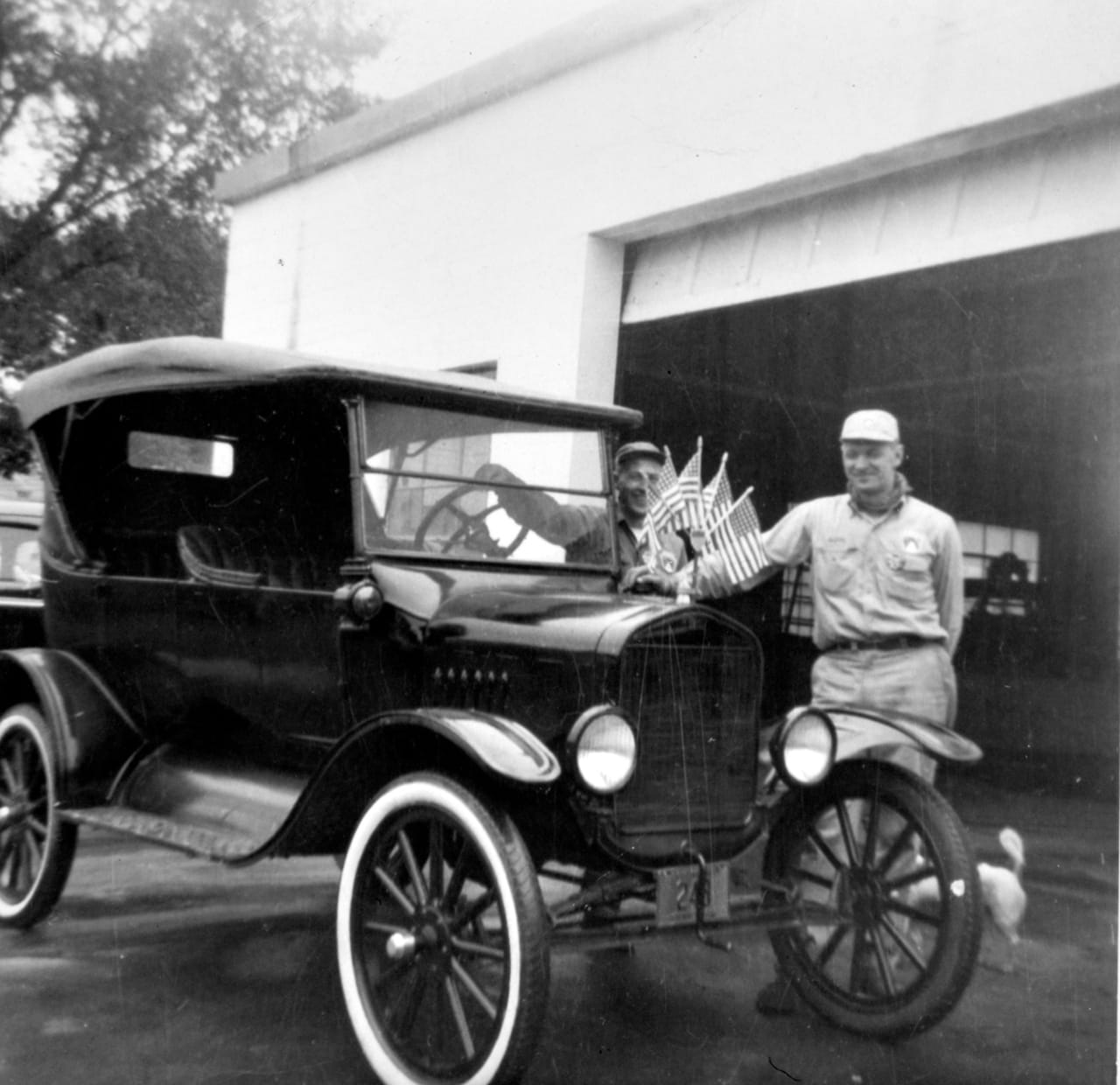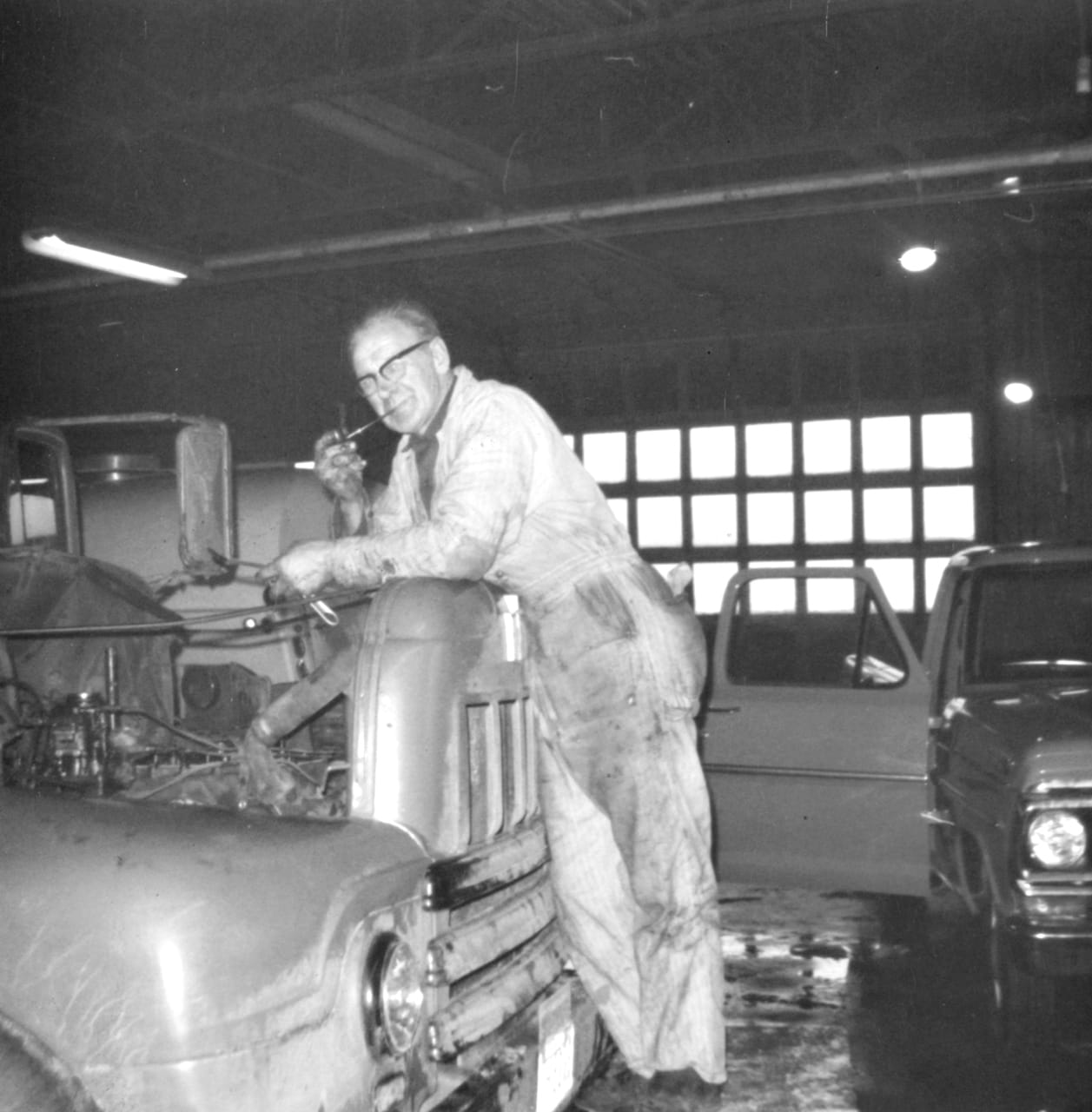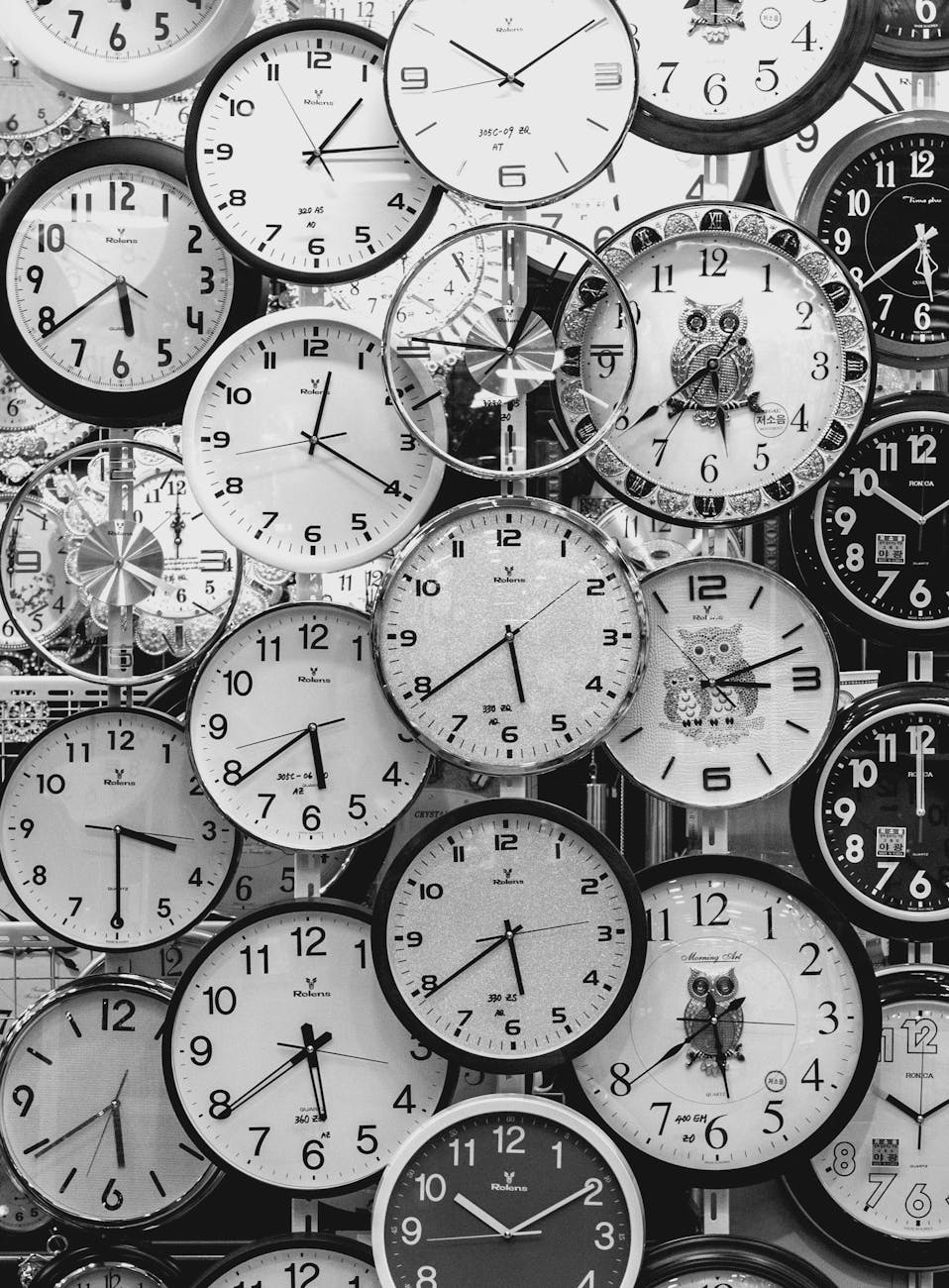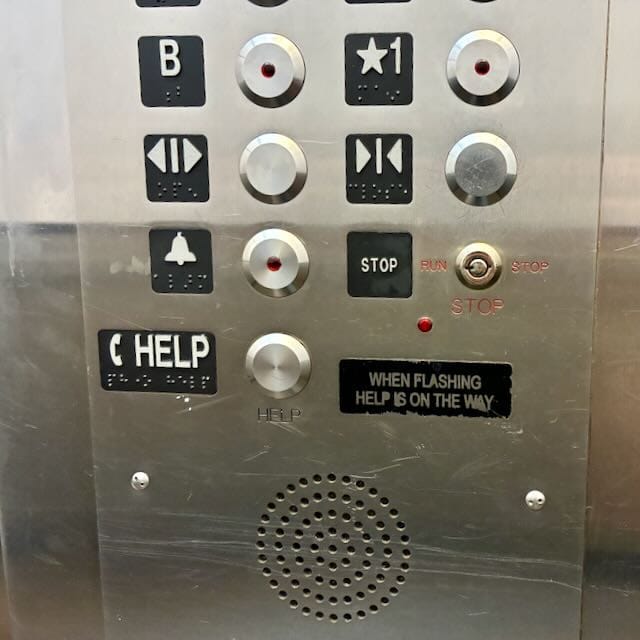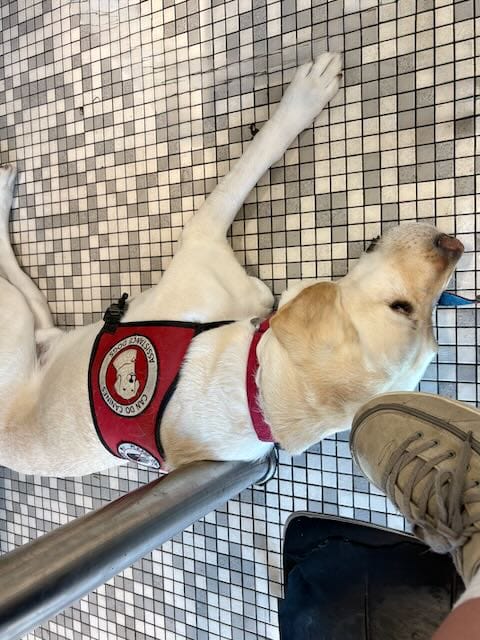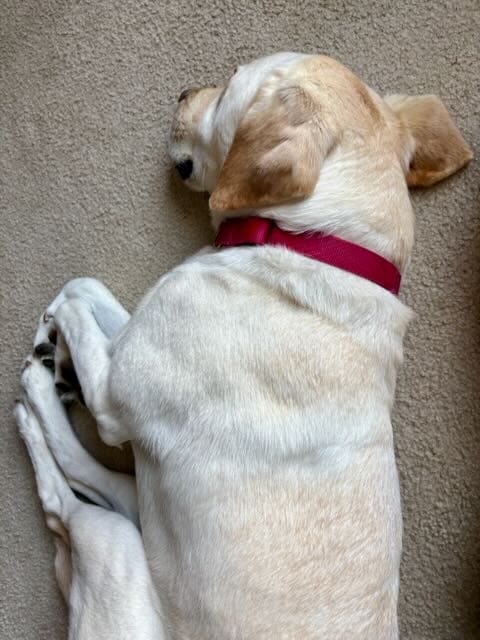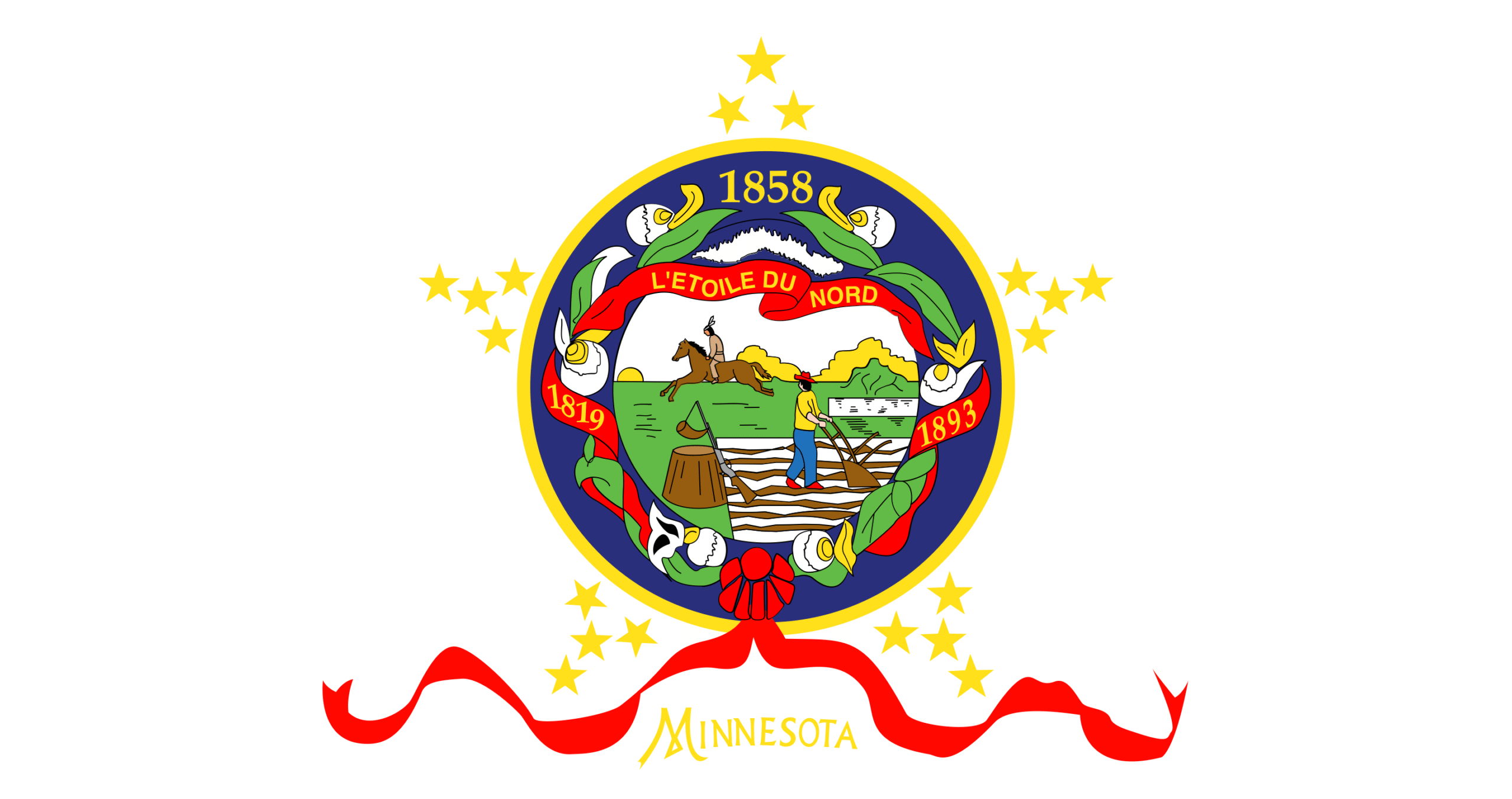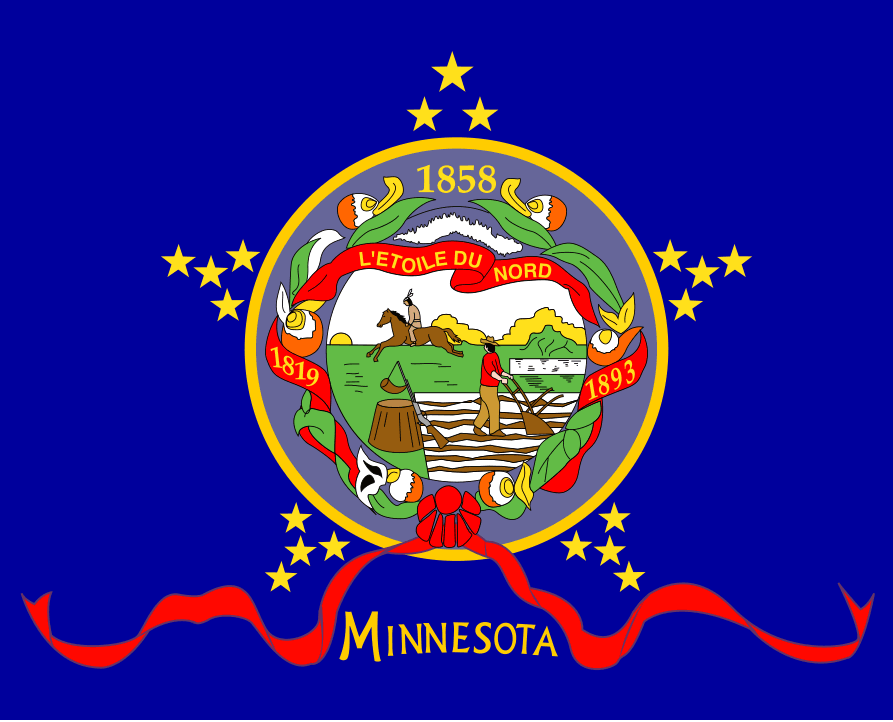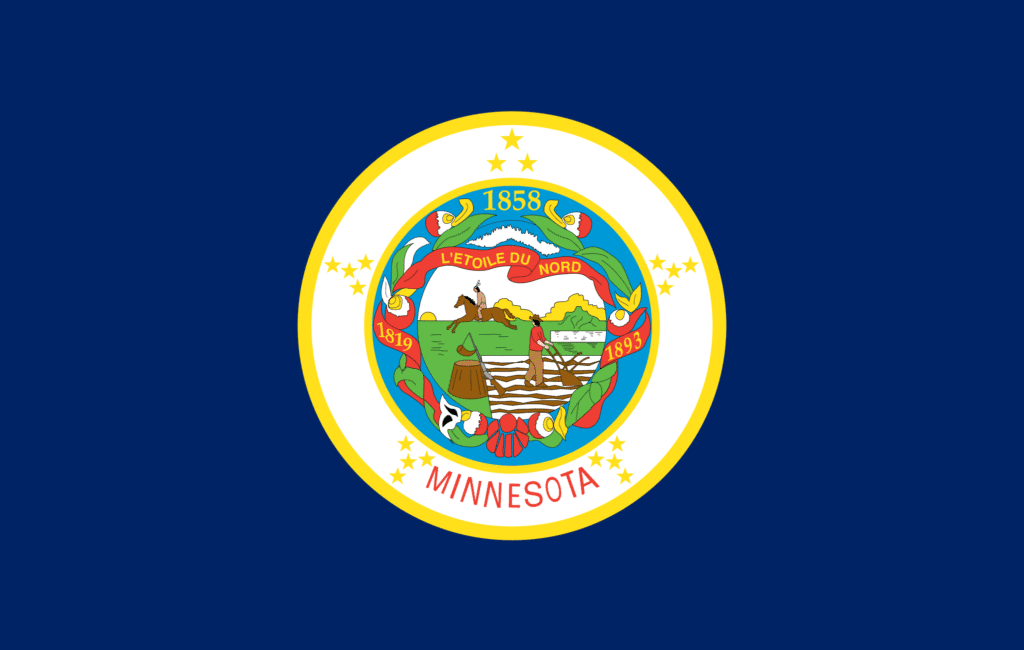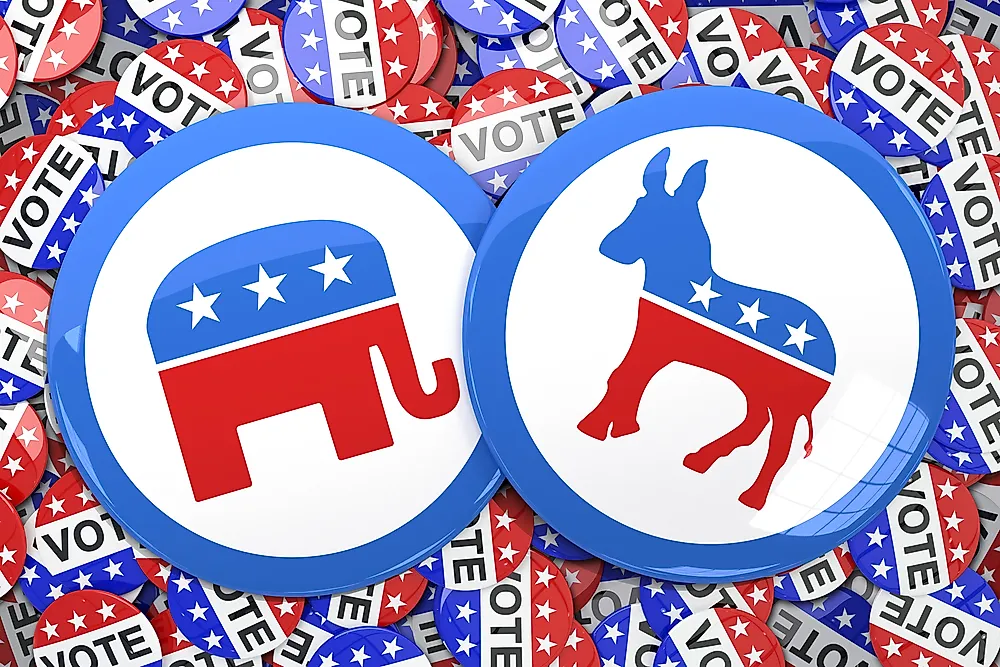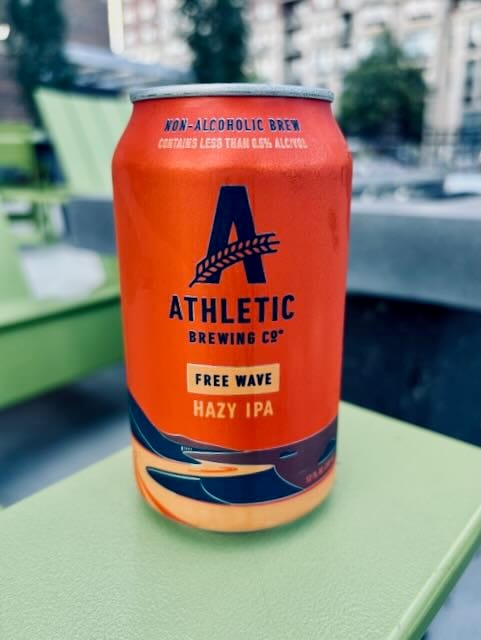An article in the Star Tribune debated whether the 2025 Minnesota State Fair Grandstand lineup is “subpar” or just misunderstood. It had me thinking, but probably not in the way the author intended. The article focused on whether the lineup lives up to the musical reputation of the Fair, and honestly? I get the debate. Would I love to see a tier-one, stadium-filling act take the stage? Absolutely. But let’s be real—the Minnesota State Fair isn’t Live Nation. They’re not printing money behind the corn dog stand.
This is a community-rooted event trying to appeal to a wide range of people with limited resources. And for what it’s worth, I think they’re doing a solid job. Minnesota is a musically rich state. It is home to Prince, Bob Dylan, and a thriving local scene. We still attract well-known, respected artists, which says a lot about our cultural pull.
But while the debate rages about whether the lineup is exciting enough, I’m sitting here wrestling with a different question:
Why can’t I even get in the door?
This year, there was a show I was eagerly anticipating. It was Melissa Etheridge and the Indigo Girls. It sold out of ADA seating almost immediately. And when I say “immediately,” I mean lightning fast. No procrastination, no dragging my feet—I was there. I tried. But I still missed out.
And this isn’t a one-time glitch. It happens again and again. If you’re a disabled person, trying to enjoy live music presents challenges. It often feels like your odds of getting a ticket are slim. In fact, it feels like they are almost none. And no one seems to be talking about it.
Accessibility by the Numbers
Let’s put it in perspective:
- 1 in 4 Americans (26%) lives with a disability. (CDC)
- Yet at many concert venues, fewer than 1–2% of seats are reserved as accessible.
- A 2017 Government Accountability Office (GAO) report found that ADA ticket options are frequently resold. Venues rarely monitor whether those seats are being used appropriately. They also rarely check if the people using them actually need them.
- Resale platforms (like StubHub or SeatGeek) generally do not verify disability status when ADA tickets are flipped. This creates a gray market. It further restricts legitimate access.
ADA seats often disappear in the first few minutes of availability. This makes us wonder:
- Were they sold to people with actual accessibility needs?
- Were they grabbed by opportunists hoping to make a profit?
The Bigger Problem
It’s not just about fairness. It’s about dignity, equity, and inclusion. Being able to attend a concert—or a sporting event, or a theater performance—isn’t just entertainment. It’s part of participating in culture.
And yet, the system is opaque at best, and exclusionary at worst. Many ticketing sites bury their ADA options behind unclear menus. Some require calling customer service (who has time to wait on hold for 45 minutes for one seat?). Others simply mark the tickets as “unavailable” without explanation. It’s frustrating. It’s disheartening. And it’s deeply isolating.
What Needs to Change?
Here’s what we should be asking of venues, ticketing platforms, and organizers:
- Expand ADA seating capacity to better reflect the actual percentage of disabled people in the population.
- Increase transparency around how many accessible seats are available and when they sell out.
- Implement safeguards to reduce fraud and scalping—without violating privacy or dignity.
- Design for inclusion from the beginning instead of retrofitting access as a checkbox.
- Include disabled voices in planning and policy. Nothing about us, without us.
What You Can Do:
- Observe and speak up. Notice how venues handle accessibility and don’t be afraid to call out poor design or treatment.
- Contact your local venues and fair organizers—let them know that ADA access isn’t optional.
- Support policy reform. Push for laws that improve ADA compliance and penalize misuse or scalping of accessible tickets.
- Amplify disabled voices. Share posts like this, read lived experiences, and help spread the word.
Let’s Talk About It:
I’d love to hear from others who’ve experienced this. Have you tried to get ADA tickets and hit a brick wall? Have you seen accessible seats taken by people who didn’t need them? What would you change?
Drop your thoughts in the comments—let’s make this a conversation.
Because live music should be for everyone. And that means we need to design systems that reflect that truth.


